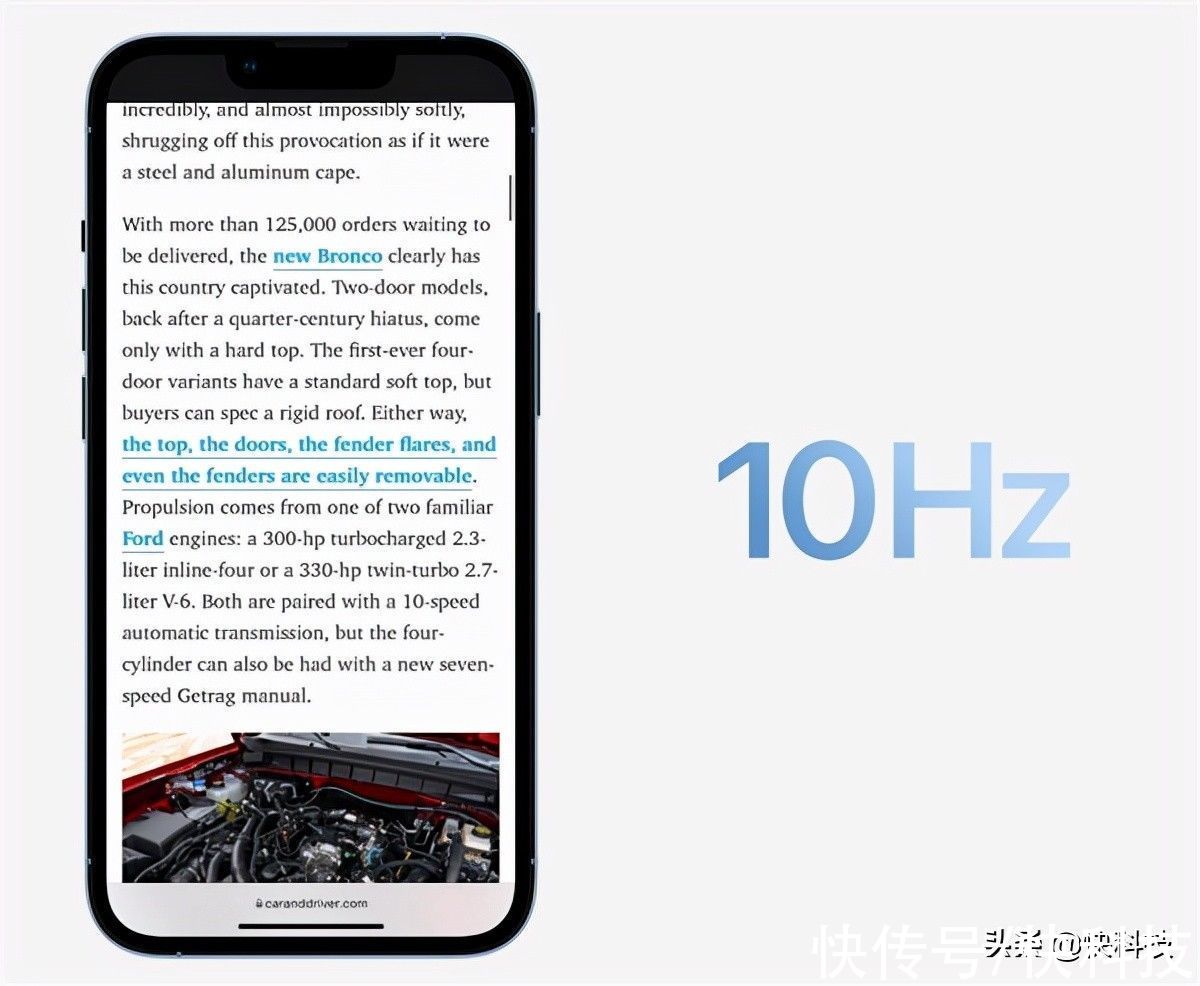android基础知识12(android自动化测试05—monkeyRunner)
之前的几篇文章,我们分别介绍了monkey,junit,Robotium,以及基于junit的android测试框架进行介绍,本篇文章我们将对monkeyRunner 进行介绍。
1、什么是monkeyrunner
monkeyrunner工具提供了一个API,使用此API写出的程序可以在Android代码之外控制Android设备和模拟器。通过monkeyrunner,您可以写出一个Python程序去安装一个Android应用程序或测试包,运行它,向它发送模拟击键,截取它的用户界面图片,并将截图存储于工作站上。monkeyrunner工具的主要设计目的是用于测试功能/框架水平上的应用程序和设备,或用于运行单元测试套件,但您当然也可以将其用于其它目的。
2、monkeyrunner工具同Monkey工具的差别
Monkey:
Monkey工具直接运行在设备或模拟器的adb shell中,生成用户或系统的伪随机事件流。
monkeyrunner:
monkeyrunner工具则是在工作站上通过API定义的特定命令和事件控制设备或模拟器。
3、monkeyrunner的测试类型
- 1、多设备控制:monkeyrunner API可以跨多个设备或模拟器实施测试套件。您可以在同一时间接上所有的设备或一次启动全部模拟器(或统统一起),依据程序依次连接到每一个,然后运行一个或多个测试。您也可以用程序启动一个配置好的模拟器,运行一个或多个测试,然后关闭模拟器。
- 功能测试: monkeyrunner可以为一个应用自动贯彻一次功能测试。您提供按键或触摸事件的输入数值,然后观察输出结果的截屏。
- 回归测试:monkeyrunner可以运行某个应用,并将其结果截屏与既定已知正确的结果截屏相比较,以此测试应用的稳定性。
- 可扩展的自动化:由于monkeyrunner是一个API工具包,您可以基于Python模块和程序开发一整套系统,以此来控制Android设备。除了使用monkeyrunner API之外,您还可以使用标准的Python os和subprocess模块来调用Android Debug Bridge这样的Android工具
您可以直接使用一个代码文件运行monkeyrunner,抑或在交互式对话中输入monkeyrunner语句。不论使用哪种方式,您都需要调用SDK目录的tools子目录下的monkeyrunner命令。如果您提供一个文件名作为运行参数,则monkeyrunner将视文件内容为Python程序,并加以运行;否则,它将提供一个交互对话环境。
monkeyrunner的命令语法为:
monkeyrunner -plugin
5、实例1 5.1 简单实例 以sample中的ApiDemos为例,先将其生成ApiDemos.apk。
前提:已有device连接
1)、 将ApiDemos.apk放在$Android_Root\tools下。
2)、 在$Android_Root\tools下新建一个monkeyrunnerprogram.py文件,里面内容为:
# Imports the monkeyrunner modules used by this program from com.android.monkeyrunner import MonkeyRunner, MonkeyDevice, MonkeyImage # Connects to the current device, returning a MonkeyDevice object device = MonkeyRunner.waitForConnection() # Installs the Android package. Notice that this method returns a boolean, so you can test # to see if the installation worked. device.installPackage('./ApiDemos.apk') # Runs the component device.startActivity(component='com.example.android.apis/.ApiDemos') # Presses the Menu button device.press('KEYCODE_MENU','DOWN_AND_UP') # Takes a screenshot result = device.takeSnapshot() # Writes the screenshot to a file result.writeToFile('./shot1.png','png')注意:SDK上的例子有些错误,不可直接复制,否则执行命令时会发生错误。具体可与我的上面这段代码对照。
3)、 打开命令行转到Android_Root\tools目录下运行一下命令:
monkeyrunner monkeyrunnerprogram.py 若无错误,则运行完成以后,$Android_Root\tools目录下会生成shot1.png文件。注意,在运行过程中,若没有错误,命令行没有任何输出。 5.2 扩展实例 因为ApiDemos首页上按下MENU键没有菜单出现,为了更加形象化,在实例五的基础上继续试验:
1)、 在$Android_Root\tools下新建一个monkeyrunnerprogram1.py文件,里面内容为:
# Imports the monkeyrunner modules used by this program from com.android.monkeyrunner import MonkeyRunner, MonkeyDevice, MonkeyImage # Connects to the current device, returning a MonkeyDevice object device = MonkeyRunner.waitForConnection() # Takes a screenshot result = device.takeSnapshot() # Writes the screenshot to a file result.writeToFile('./shotbegin.png','png') # Presses the Down button device.press('KEYCODE_DPAD_DOWN','DOWN_AND_UP') device.press('KEYCODE_DPAD_DOWN','DOWN_AND_UP') device.press('KEYCODE_DPAD_DOWN','DOWN_AND_UP') device.press('KEYCODE_DPAD_DOWN','DOWN_AND_UP') device.press('KEYCODE_DPAD_DOWN','DOWN_AND_UP') # Takes a screenshot result = device.takeSnapshot() # Writes the screenshot to a file result.writeToFile('./shotend.png','png')2)、将画面定位在Apidemos的首页,并将光标定位在第一项上。
3)、$Android_Root\tools目录下运行一下命令:
monkeyrunner monkeyrunnerprogram1.py
4)、在运行过程中我们可以看见光标不断向下移动,并且可以在当前目录下我们自定义的截图:
运行前:shotbegin.png
6、扩展应用实例 下面提供一些常用的脚本,自己看着来改吧..
monkey_recorder.py
monkey_placback.py
help.py
具体下载地址为: monkeyrunner_py脚本.rar 虽然,少了些东西,但是,并不影响我们大部分的需要.接下来用一段典型的monkeyRunner代码讲解!
注意!如果monkeyrunner脚本文件要使用中文,记得格式保存为utf8,不然会ASCNII(忘了怎么拼写了..)无法支持错误
6.1takescreen.py 文件takescreen.py #导入我们需要用到的包和类并且起别名 import sys from com.android.monkeyrunner import MonkeyRunner as mr from com.android.monkeyrunner import MonkeyDevice as md from com.android.monkeyrunner import MonkeyImage as mi #connect device 连接设备 #第一个参数为等待连接设备时间 #第二个参数为具体连接的设备 device = mr.waitForConnection() if not device: print >> sys.stderr,"fail" sys.exit(1) #定义要启动的Activity componentName='com.example.android.notepad/.NotesList' #启动特定的Activity device.startActivity(component=componentName) mr.sleep(3.0) #do someting 进行我们的操作 #输入 a s d #device.press('KEYCODE_HOME') #device.touch(418, 736,'DOWN_AND_UP') #mr.sleep(3.0) #device.touch(180, 520,'DOWN_AND_UP') #mr.sleep(3.0) device.press('KEYCODE_MENU') mr.sleep(3.0) device.touch(243, 745,'DOWN_AND_UP') mr.sleep(3.0) device.type('woaini') device.press('KEYCODE_ENTER') mr.sleep(3.0) device.type(',') device.press('KEYCODE_ENTER') mr.sleep(3.0) device.type('yiwen') device.press('KEYCODE_ENTER') mr.sleep(3.0) device.press('KEYCODE_BACK') #device.press('KEYCODE_HOME') #device.type('asd') #输入回车 #device.press('KEYCODE_ENTER') #return keyboard 点击返回用于取消等下看到截图的下方的白条 #device.press('KEYCODE_BACK') #------ #takeSnapshot截图 mr.sleep(3.0) result = device.takeSnapshot() #save to file 保存到文件 result.writeToFile('result1.png','png'); 这里用到的notelist实例类似于android提供的notepad实例。 其运行结果为(图result1.png):
6.2monkeyRunner 的记录和回放 前面讲的都是一些在命令行上的操作,我可记不住那么多的指令操作,我可不知道,我点击的这个点的坐标是多少,我多么希望,我能够在可视化界面里面讲我的操作记录下来,然后,直接重新播放,就像宏一样,我可以很高兴的告诉你,MonkeyRunner有这个功能实现起来也非常简单,我提供的打包文件中有一个,monkey_recorder.py,直接在命令行中打上: monkeyrunner monkey_recorder.py
其中手机屏幕部分,与当前连接的手机设备的屏幕显示是一致的。 对其中脚本显示的一些说明:
接下来运行我们的保存的脚本,然后,你就看到模拟器,进行你刚才一样的操作
monkeyrunner monkey_playback.py monkey_test.mr
打开我们的文件可以看到其实就是一些monkeyrunner的一些脚本
TOUCH|{'x':329,'y':132,'type':'downAndUp',} TOUCH|{'x':100,'y':100,'type':'downAndUp',} TOUCH|{'x':296,'y':407,'type':'downAndUp',} TOUCH|{'x':296,'y':407,'type':'downAndUp',} TOUCH|{'x':296,'y':407,'type':'downAndUp',} TOUCH|{'x':296,'y':407,'type':'downAndUp',} TOUCH|{'x':351,'y':227,'type':'downAndUp',}当然,有界面为什么不用呢~~~呵呵~
补充一点:如果我们要进行多设备测试怎么办呢?
我们可以打开monkey_playback.py文件
#!/usr/bin/env monkeyrunner # Copyright 2010, The Android Open Source Project # # Licensed under the Apache License, Version 2.0 (the "License"); # you may not use this file except in compliance with the License. # You may obtain a copy of the License at # # http://www.apache.org/licenses/LICENSE-2.0 # # Unless required by applicable law or agreed to in writing, software # distributed under the License is distributed on an "AS IS" BASIS, # WITHOUT WARRANTIES OR CONDITIONS OF ANY KIND, either express or implied. # See the License for the specific language governing permissions and # limitations under the License. import sys from com.android.monkeyrunner import MonkeyRunner # The format of the file we are parsing is very carfeully constructed. # Each line corresponds to a single command. The line is split into 2 # parts with a | character. Text to the left of the pipe denotes # which command to run. The text to the right of the pipe is a python # dictionary (it can be evaled into existence) that specifies the # arguments for the command. In most cases, this directly maps to the # keyword argument dictionary that could be passed to the underlying # command. # Lookup table to map command strings to functions that implement that # command. CMD_MAP = { 'TOUCH': lambda dev, arg: dev.touch(**arg), 'DRAG': lambda dev, arg: dev.drag(**arg), 'PRESS': lambda dev, arg: dev.press(**arg), 'TYPE': lambda dev, arg: dev.type(**arg), 'WAIT': lambda dev, arg: MonkeyRunner.sleep(**arg) } # Process a single file for the specified device. def process_file(fp, device): for line in fp: (cmd, rest) = line.split('|') try: # Parse the pydict rest = eval(rest) except: print 'unable to parse options' continue if cmd not in CMD_MAP: print 'unknown command: ' + cmd continue CMD_MAP[cmd](device, rest) def main(): file = sys.argv[1] fp = open(file, 'r') device = MonkeyRunner.waitForConnection() process_file(fp, device) fp.close(); if __name__ == '__main__': main()
至此,我们已经简单介绍完monkeyRunner ,相信大家已经对其它有一个大致的了解,并且可以简单应用了。 如果大家还不够了解,可以看看“monkeyrunner_py脚本.rar”中的所有源码,以及其中monkeyRunner各个类的说明文件。 另外谷歌原始说明文件为:http://developer.android.com/guide/developing/tools/monkeyrunner_concepts.html,有兴趣可以看看。
参考文献: Android自动测试之monkeyrunner工具
android实用测试方法之Monkey与MonkeyRunner
【android基础知识12(android自动化测试05—monkeyRunner)】
推荐阅读
- android第三方框架(五)ButterKnife
- Android中的AES加密-下
- 带有Hilt的Android上的依赖注入
- android|android studio中ndk的使用
- 人脸识别|【人脸识别系列】| 实现自动化妆
- Android事件传递源码分析
- RxJava|RxJava 在Android项目中的使用(一)
- Android7.0|Android7.0 第三方应用无法访问私有库
- 深入理解|深入理解 Android 9.0 Crash 机制(二)
- android防止连续点击的简单实现(kotlin)










